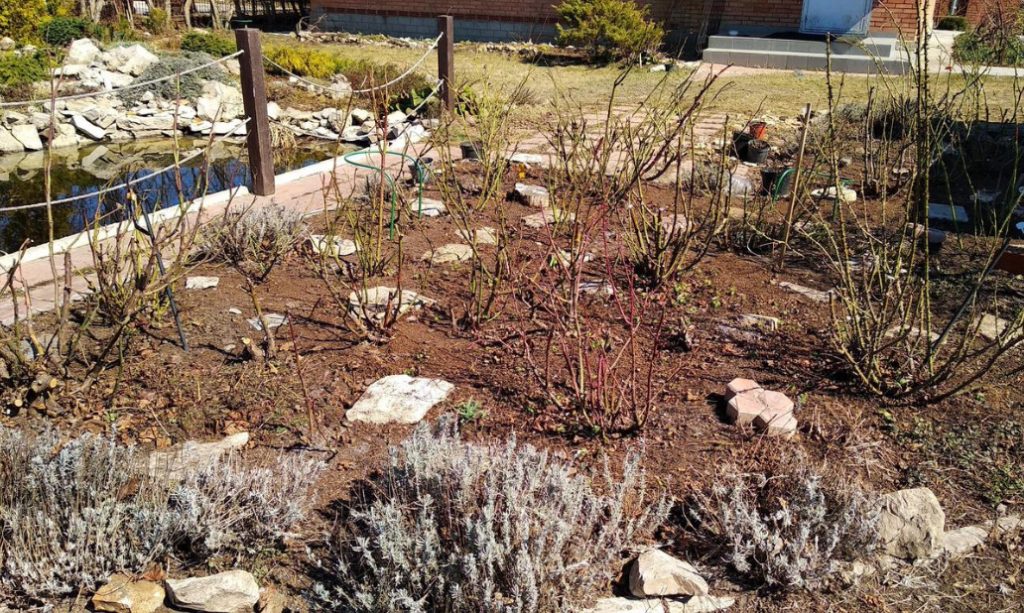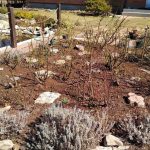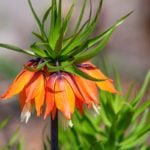Experienced gardeners, who have been successfully coping with the tasks and the cycle of Affairs around their favorites for years, have already developed a certain algorithm of actions — and those who recently entered this path are still learning the basics of caring for roses. Here they are, in fact, addressed to these notes concerning the basic rules of care for these magnificent plants from spring to autumn.
Freed from the captivity of winter
So, we start a new season. Roses are gradually released from winter shelter. Just gradually, because there is no need to hurry. First, we make blowouts on the ends of the shelters, so that the roses take a breath of fresh air, the ground has dried up, the extra dampness has gone.
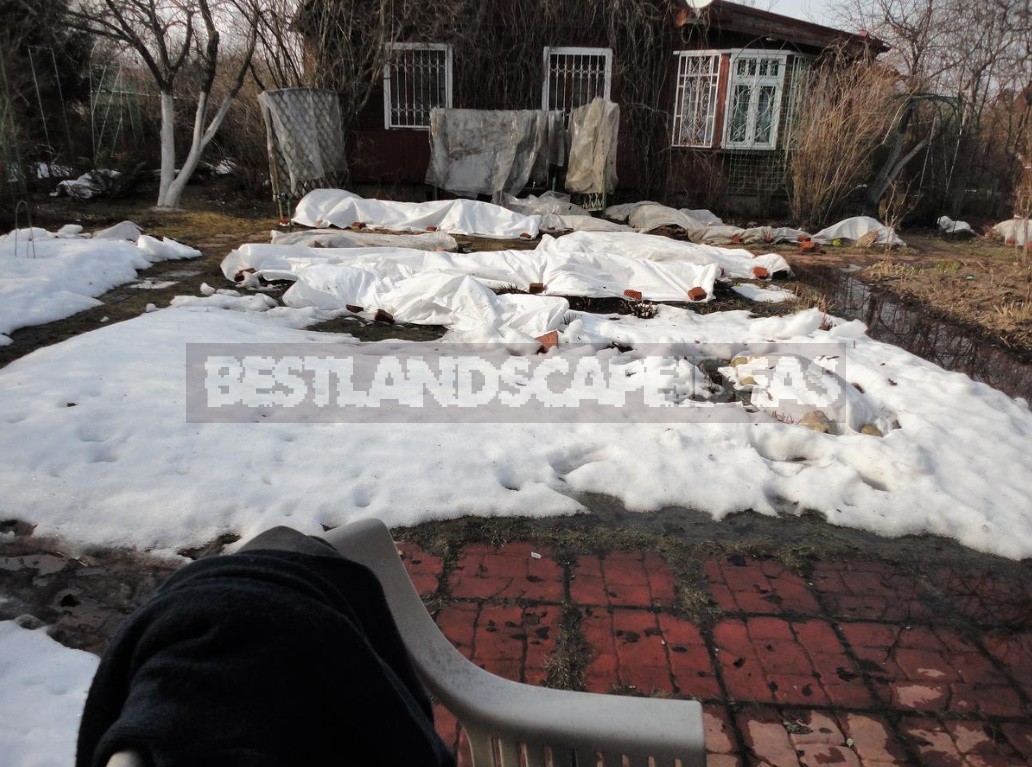
Then-always in cloudy weather or in the evening-we remove the covering material and untie our captives, who have been lying in a bound and bent state for six months.
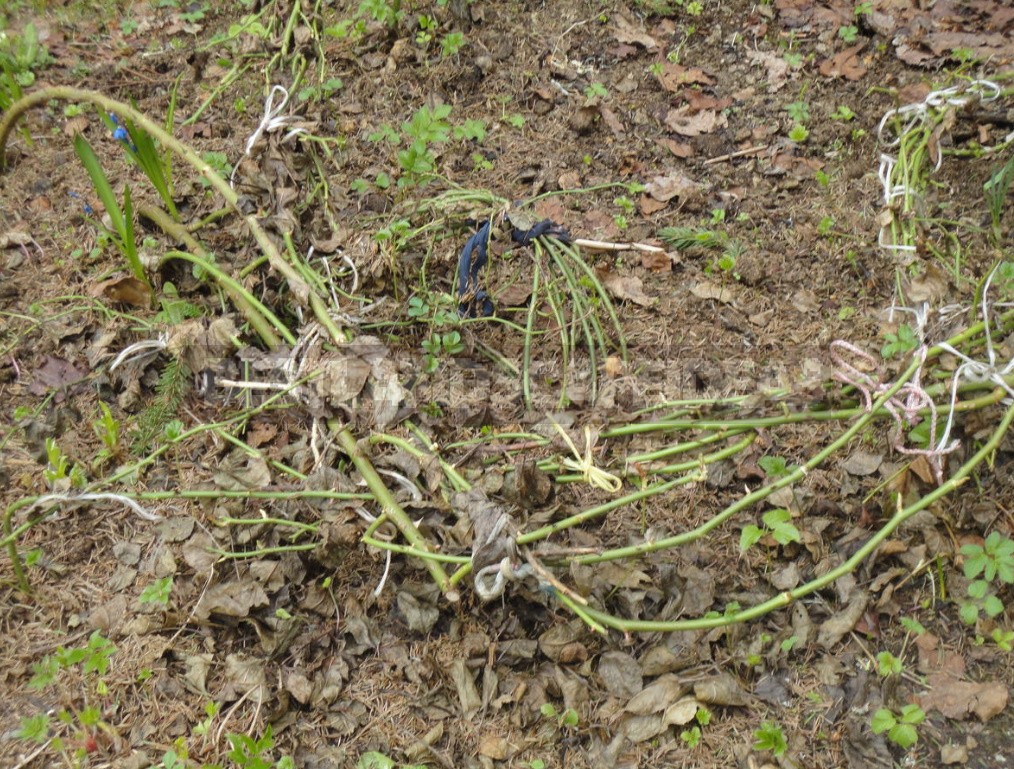
Since the roots of plants have not really worked yet, their stems can dry out the wind and bright spring sun. Therefore, we return to the place of lutrasil: we throw it back in 1 layer, in some places we press down with bricks. And only when the earth finally thaws, and the twigs will appear ready to Bud, it will be a sign that it is time to finally reveal our prisoners.

General cleaning
We carry out General cleaning in the rose garden-we collect and remove last year’s leaves and other plant debris, we weed out perennial weeds: in spring they are especially pliable. At this stage, strictly before the leaves open, the rose garden should be treated with copper-containing preparations: Bordeaux liquid, copper chloroxide. This will be a good prevention of diseases.
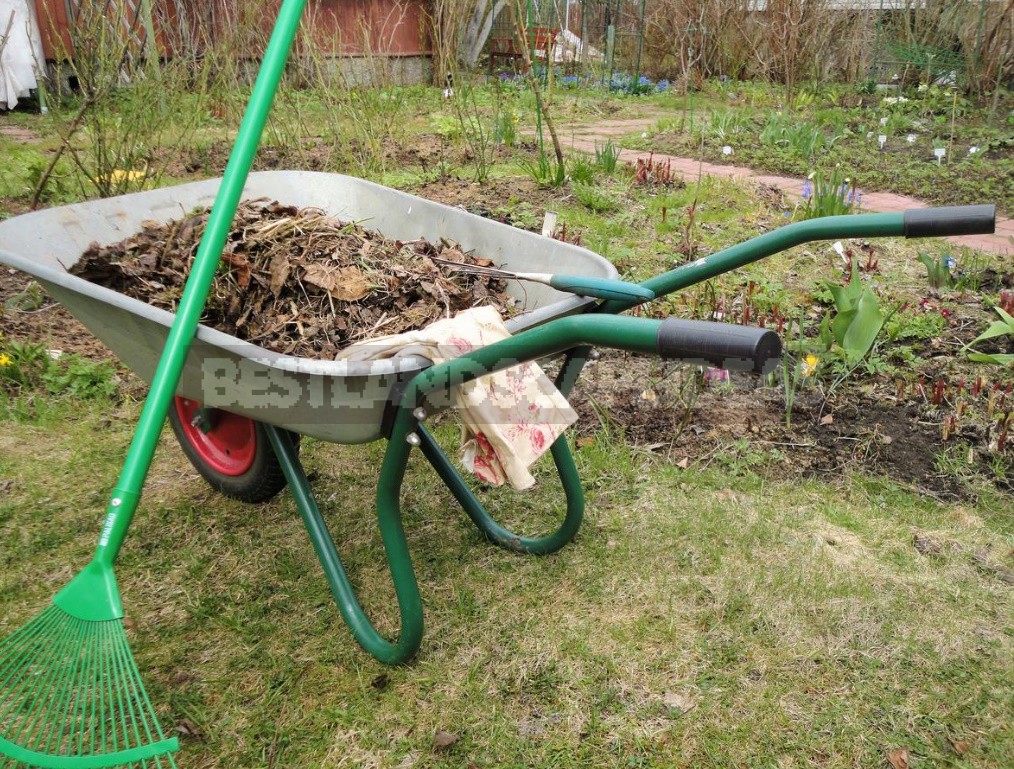
In autumn, we do not cut off the leaves of roses. I believe that they feed the roots to the last. In addition, during this procedure, the tender skin of the shoots is easily damaged. During the winter, the leaves fall off themselves, in the spring they are easy to remove — this is especially important if there are many roses. As for the threat of spreading diseases, this is not confirmed by practice. If you properly prepare roses before shelter and spray with a solution of iron vitriol, there is no rot.
Clipping
The next stage will be spring pruning of roses. First of all, we remove the shoots affected by an infectious burn, make a rejuvenating and shaping pruning. It should be emphasized that the dates of all events are determined not by the calendar (spring may be early or late), but by the phenological phase. Roses themselves will tell you the procedure, only you need to understand their “language”.
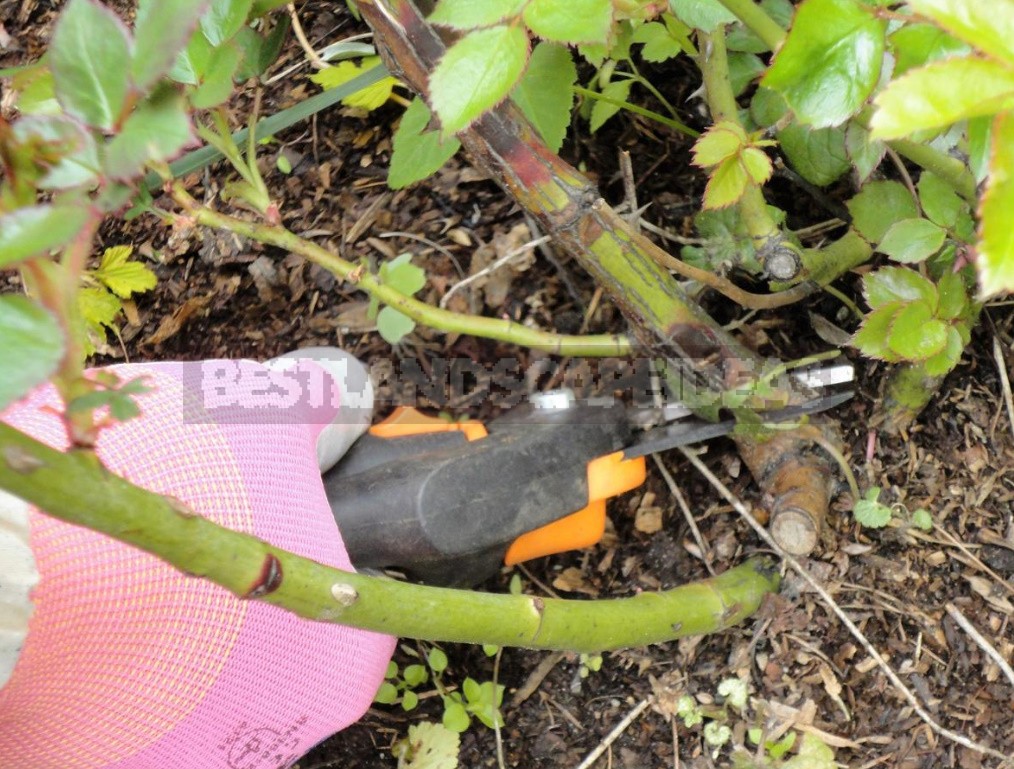
All removed branches are immediately burned to prevent the spread of diseases and infection of other bushes.
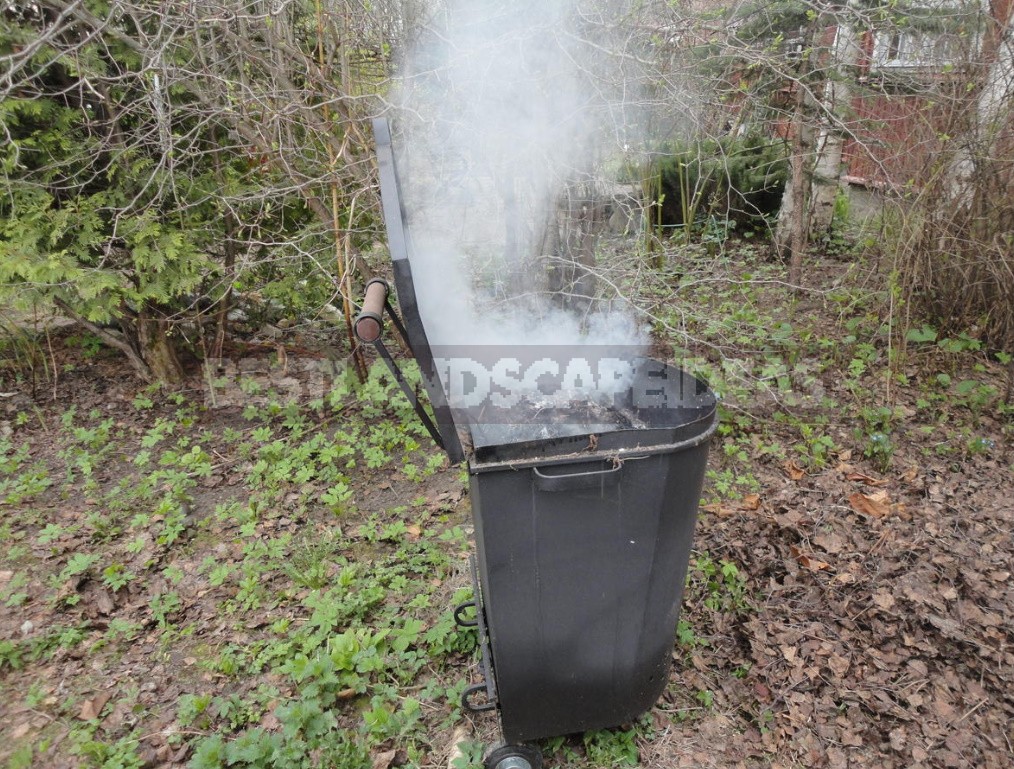
Diet
So, the roses are awake, pruned, and waiting for us to take further action. Very often, a novice rose grower, trying to responsibly approach their cultivation in their garden, begins without any system to feed Pets on the principle of “the more, the better”. One feeding follows another, the root alternate with foliar.
To be honest, I do not support intensive feeding of roses. This plant grows in the wild in fairly Spartan conditions that do not prevent it from blooming well. It is noticed that our over-fertilized roses bloom worse and do not winter in the best way. Loose branches of well-fed bushes are poorly wooded, which negatively affects their preparation for winter. In addition, juicy young shoots that grow after an abundant diet become a favorite delicacy of aphids. In autumn, such branches that do not have time to blossom, you have to remove.
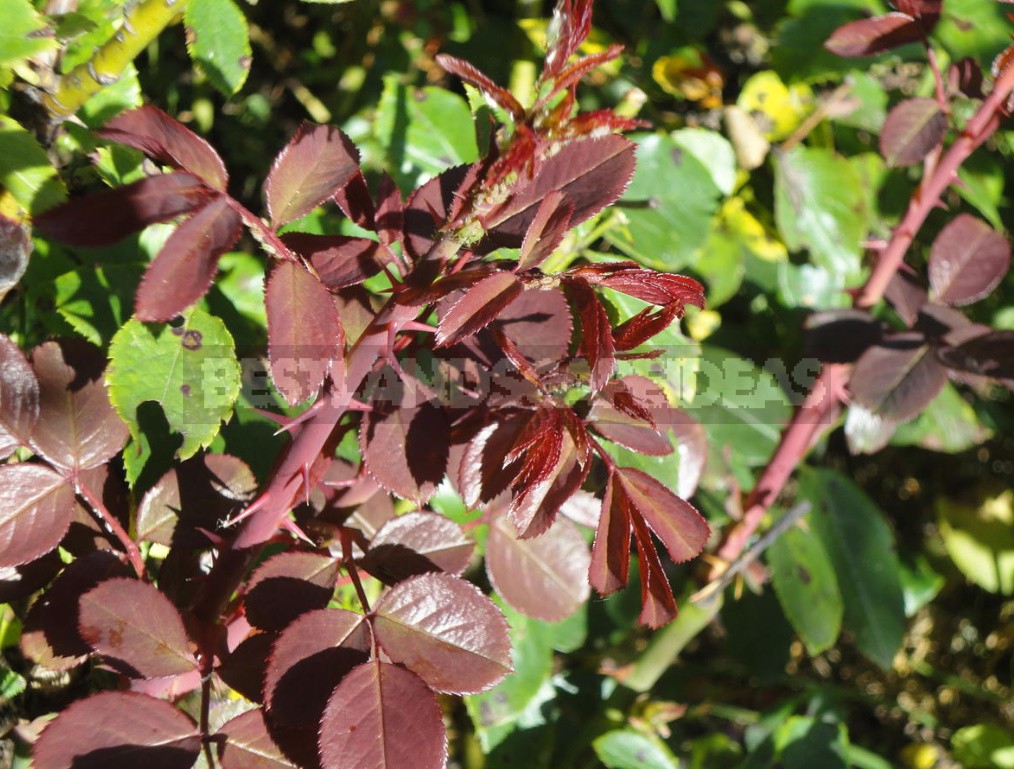
Ideally, the main root feedings should be only 4.
- The first is performed after pruning. A complex fertilizer with a predominance of nitrogen is given, which stimulates the formation of young shoots (especially after radical anti-aging pruning) and provides recovery after a long winter. At this stage, the roses most need nitrogen (ammonium or calcium nitrate, but not urea!) and trace elements. After a week, you can add organic fertilizer to the mineral feed. To do this, prepare an infusion of grass or manure in a concentration of 1:3. Stand for a week, then dilute 1 liter of the infusion with water in a 10-liter bucket.
- The second feeding is timed to the budding phase, it provides the rose with additional strength for flowering. As soon as the rose has released its buds, it’s time to feed again. Here you already need mainly potassium with the addition of ash, which will make the flowers brighter.
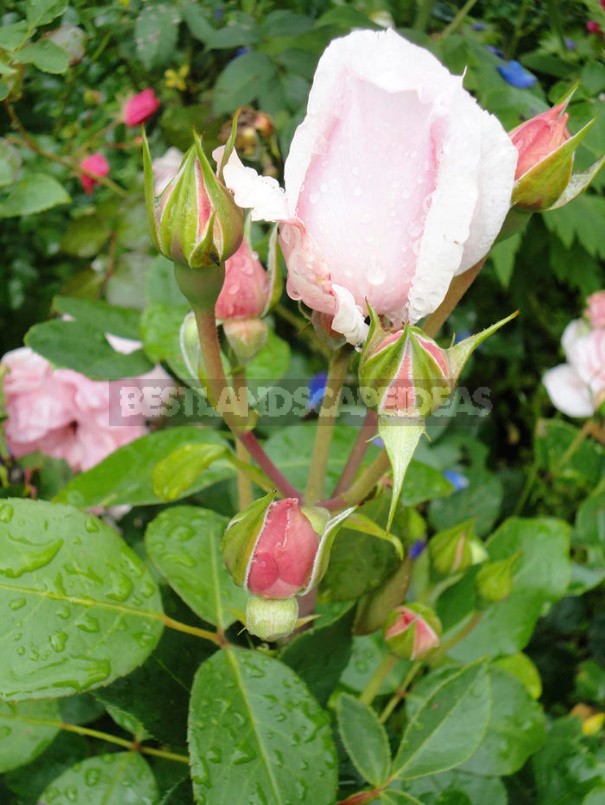
- The third feeding is carried out with special fertilizers for roses with a set of all necessary substances. We prepare a “cocktail” strictly according to the instructions, with the addition of humates immediately after the first wave of flowering, so that the tired rose can restore strength and grow new flower-bearing shoots. It will be useful to give the same fertilizer at the same time and peonies, Phlox, daylilies: the phenological phase allows them.
Feeding at this time concerns roses with repeated flowering. And single-flowering roses (those that have finished their annual cycle) can not be fed at this time. They will get everything they need later, in terms of preparing for the winter.
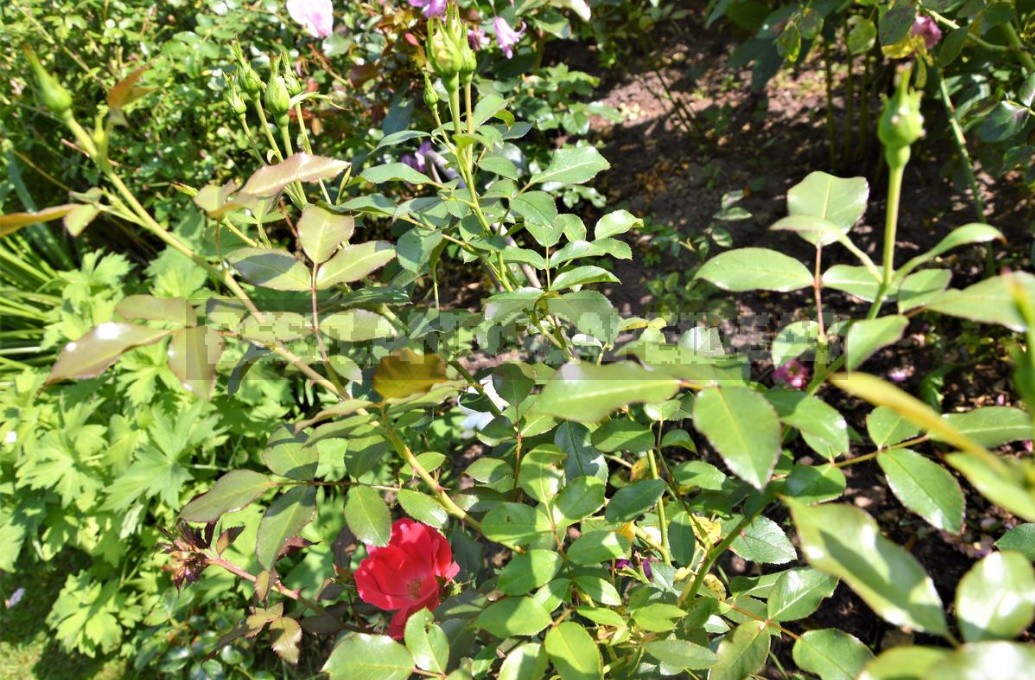
- The fourth (last) feeding is given at the end of August. Crucial at this time is the combination of potassium and phosphorus, which strengthen the stems and roots and help roses survive the harsh winter time. The recipe for this top dressing: 2 tablespoons of superphosphate or potassium monophosphate + 1 tablespoon of ammonium sulfate + 1 teaspoon of kalimagnesia + 1 Cup of ash per bucket of water. The prepared solution is spent as follows: 1 l for a medium-sized rose and 2 l for more powerful copies of climbers and plaited, the latter will not interfere with 3 l. Each gardener finds a measuring container himself. For example, I have a liter bucket with a long handle, which is very convenient to measure and water. If there are not many roses, then 1 bucket of liquid fertilizers will be enough. If the rose garden is extensive, then you will need a large capacity (for example, a barrel).
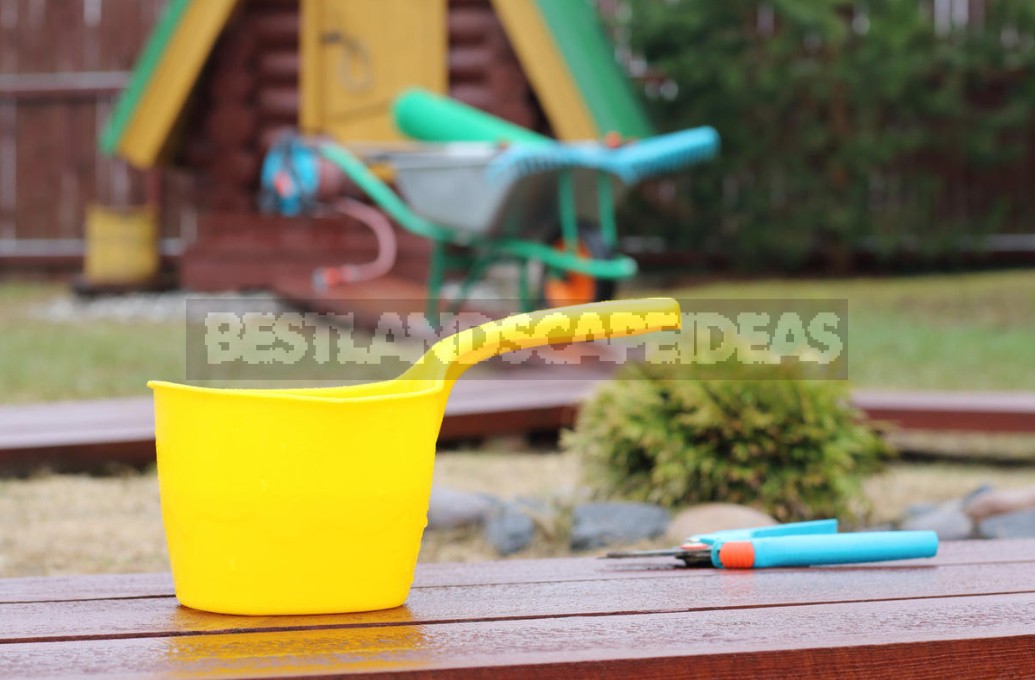
All top-UPS are necessarily given in liquid form (so they are quickly absorbed) on wet ground — after rain or a good deep watering. You can (and it is definitely easier) just sprinkle dry fertilizers in the trunk circle of roses — but when will they work? There must be endless rains to allow the granules to dissolve and the nutrients to penetrate the soil horizon of the root location. Watering in this case also does not save. In addition, the doses of these fertilizers will be higher than in solution, and they will strongly saline the land.
Important! First-year roses planted in the spring do not need to be fed, they will get all the necessary food from a well-filled planting pit.
